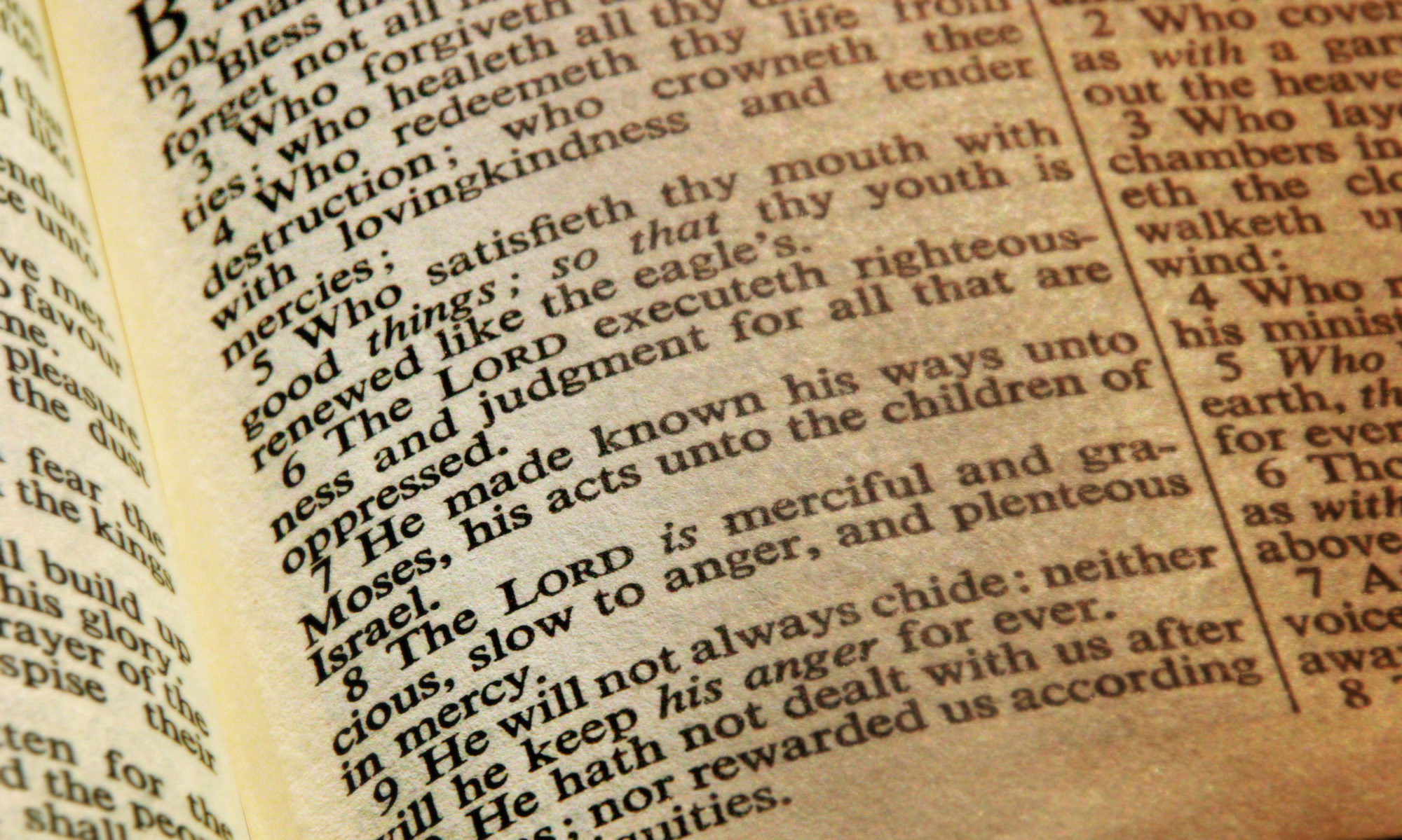Am important question to ask in order to get deeper in your study of scripture is “Where is this text located?” What is the location on the page – what comes before, what comes after, and why did the author put it there? What’s the geographic location of the event and the writing? What’s the social location? What are the relationships involved? What are the power dynamics and social expectations or assumptions?
On the page, this particular story takes place immediately after the Sermon on the Mount, and serves as an epilogue that reinforces many of the themes from Jesus’ teaching, in the form of action.
Geographically, this takes place in Capernaum, a fishing town on the northern coast of Israel, a crossroads where many ethnicities mingled, including Jews, Roman soldiers, and migrants and merchants from surrounding regions.
Socially, the centurion represents the power of Rome and the oppression of the Jewish people. Beyond that, there was a strong bias against mixing between Jews and gentiles. Many aspects of this story cure against the social norms of the time. The centurion lowers himself to asking for help from an itinerant native teacher – and does it on behalf of his social inferior and servant. For his part, Jesus, a rabbi of growing reputation, ignores the social taboos and immediately offers to go to the house of this gentile, this oppressor. And then the centurion goes beyond, demonstrating an even deeper faith in Jesus’ power and authority than his own people.
This entire interaction is a demonstration of what Jesus taught in the Sermon on the Mount. He has come to fulfill the law in a way that will look like overturning it. Things are being turned upside down, and the insiders are becoming outsiders and the outsiders are being brought inside the kingdom of God.
This interaction is part of a slow roll-out of what Paul calls a great mystery – the expansion of the promise of the kingdom of God to the gentiles. We see this also in the conversation with the Syrian woman later in the book, and even at the beginning of Matthew, in the genealogy. Matthew explicitly calls out the gentiles in the lineage of Jesus (and, incidentally, King David as well).
We have access to the same authority and power of Jesus that we see the centurion seek. The way to the kingdom is narrow but the gate is wide open, regardless of social status, ethnicity nationality, family. This is not a side aspect of of the gospel that can be segregated into a 2-3 week Bible study. This is central point, because it is about human relationships, and Good stepping into heal them and being reconciliation.
This also isn’t just a thing for “Bible times.” This is live and ongoing, happening right now all around us. This is something we are called to participate in, to step out in faith like the Centurion did, being a part of the work Jesus is doing. Like the Centurion, we can “interrupt” Jesus on behalf of others. We can intercede for those near us and those at a distance. May we be a people of prayer.
— Sermon Notes, Dave Sim, Renew Church, Lynnwood WA, August 17


